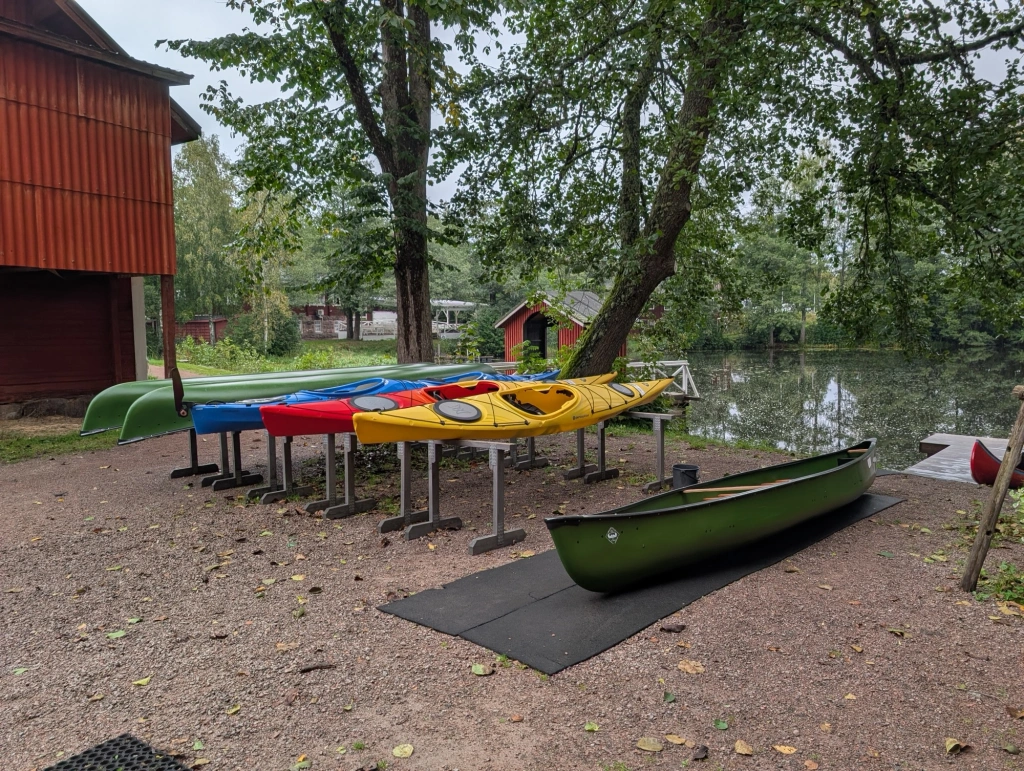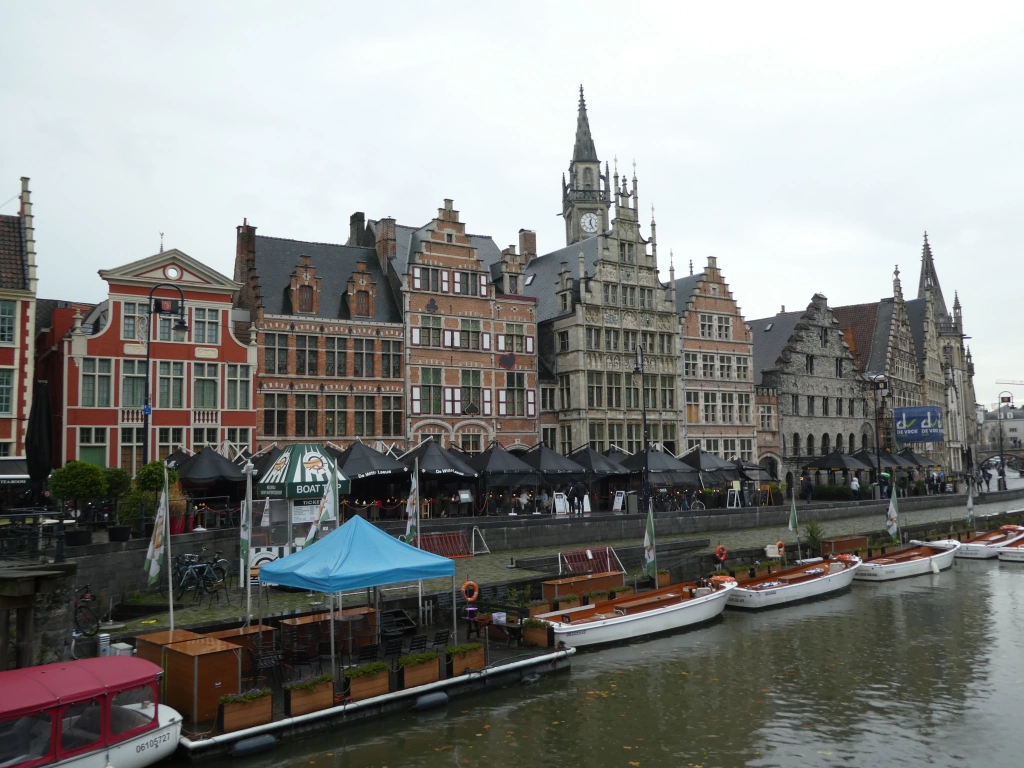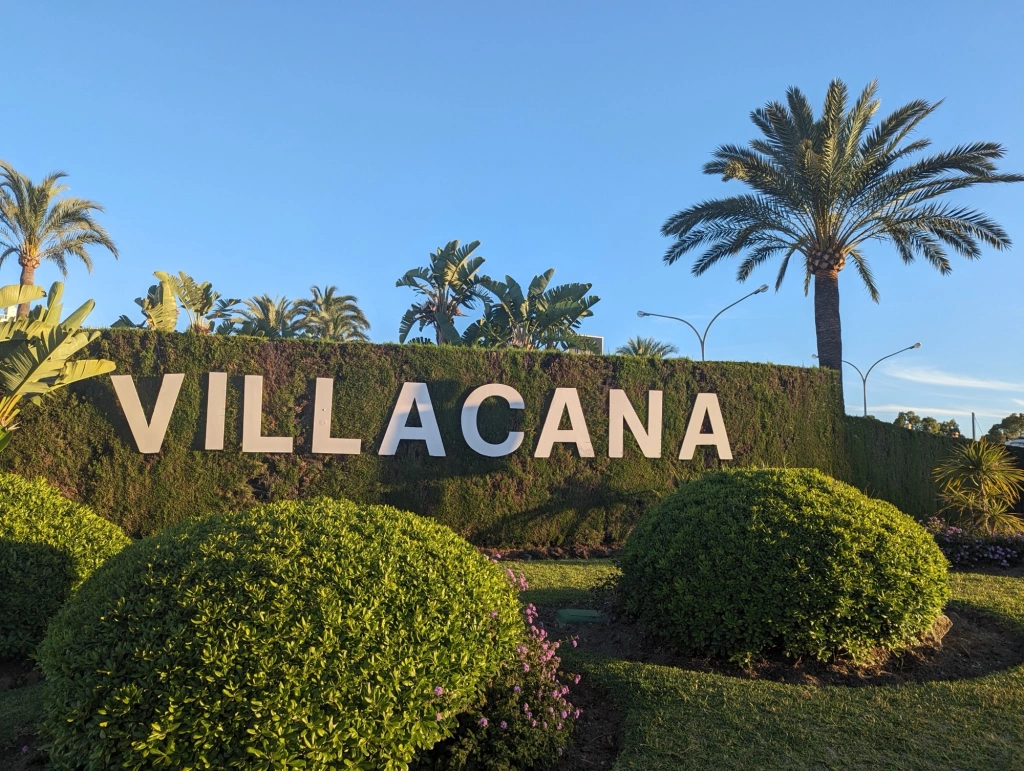Luxembourg is one of the world’s smallest countries, similar in size to the county of Dorset in south west England. It’s located in north western Europe and bordered by Belgium, France and Germany. It may only be small but it certainly packs a punch as we found out during our recent visit.
The previous afternoon we boarded a Ryanair flight from London Stansted to Luxembourg taking just one hour. The airport is compact and well organised and we sailed through immigration collecting our luggage in no time at all. We then caught Bus 16 from outside the terminal building to Hamilius on the edge of the historic old town taking a little over fifteen minutes. An amazing thing about Luxembourg is that all public transport is completely free of charge for everyone, locals and visitors alike. This includes buses and trains covering the entire country with no tickets being required.
It was then a short five minute walk to Hotel Simoncini in the heart of the old town. The stylish hotel incorporates a gallery with modern art work displayed on each of its floors. We were warmly welcomed by the receptionist on duty and after quickly checking our passports she handed us our keys and we then took the lift up to our top floor suite. We adored our spacious accommodation and after settling in, went out for a wander through the historic part of town, returning later with some food enabling us to prepare a light supper before bedtime.
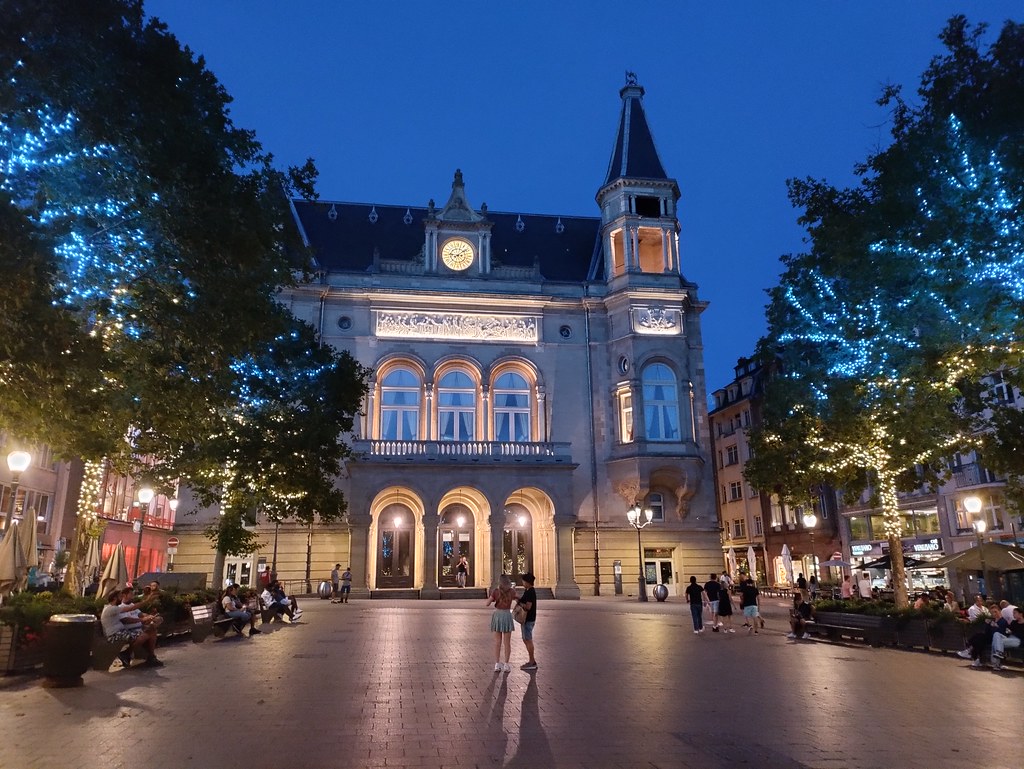
After a good night’s sleep we came to life under the invigorating power shower then popped down to the first floor breakfast room. Here we enjoyed a selection from the cold buffet before moving on to delicious omelettes which were made to order.
Two cappuccinos later, we were ready to start exploring the city centre and where better to start than at the tourist office located just around the corner from the hotel. Here we picked up some leaflets and our Luxembourg Cards. These cards offer excellent value as they cover more than 70 attractions not just in the city centre but the whole country with a three day card costing only €28 (£24.50).
The city is divided into two levels with the upper part perched on a rocky plateau high above the lower town nestled in the Alzette river valley. The old quarter is designated a UNESCO World Heritage Site in recognition of its large number of historical buildings and fortifications.
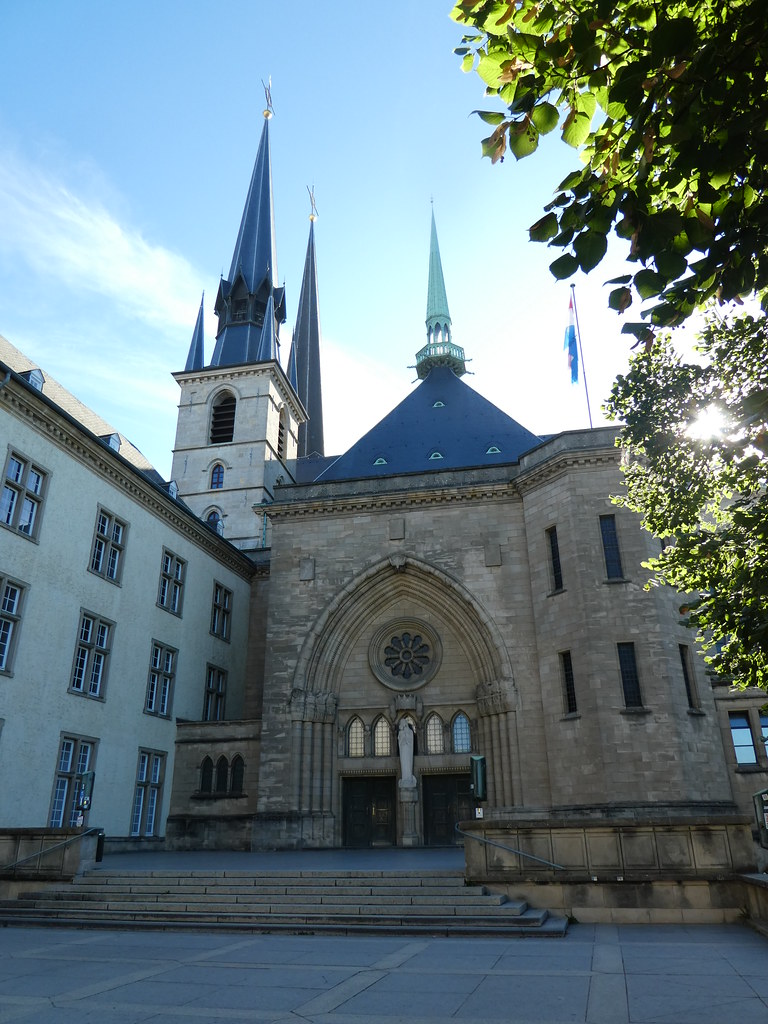
Located close by was the magnificent Notre Dame Cathedral so we took a look in there next (entrance free). The cathedral took over 300 years to build and boasts three towers, stunning stained glass windows and a vaulted nave. The crypt below the church contains the tombs of former Grand Dukes and Duchesses of Luxembourg.
Moving on, we viewed the exterior of the Grand Ducal Palace, this was originally the Luxembourg City Hall before becoming the permanent home to Grand Duke Adolphe in 1890. It is now the official residence of the Grand Duke of Luxembourg and it is where he performs his official duties. The Palace is only open to visitors for part of the year and on a return visit to Luxembourg I would very much like to explore its lavish interior.
We then visited the Luxembourg City History Museum, (open daily, admission €5 (£4.30) and included in the Luxembourg Card). This excellent museum documents the thousand year history of Luxembourg. It’s permanent exhibition ‘The Luxembourg Story’ is divided into four major periods from the city’s beginnings to the dynamic financial hub it has become today.
It was then approaching 11.00 a.m. and time for our tour of the Pétrusse Casemates, 45 minute tours €15 (£13.50). The meeting point was in Constitution Square beneath the monument of remembrance known as the Golden Lady. This war memorial is dedicated to the thousands of volunteers who fought alongside the French Army and the Allied Forces during both the first and second world wars when approximately 2,000 lives were lost.
The Pétrusse Casemates form part of Luxembourg’s medieval fortifications and were built around 1644 and modified 20 years later to raise their height. The guided tour was very interesting and an opportunity to get a sense of their structure along the winding underground paths and staircases. We learnt that during the wars the Casemates also served as bomb shelters for Luxembourg residents.
This excellent tour re-opened to the public in June 2022 and now features state of the art light shows and sound effects helping to bring the underground passages to life. It follows a one way route through the caves exiting at a point further down the hillside. We returned to our starting point along the valley floor before climbing a flight of stone steps back up to Constitution Square. From this square there are splendid views of Pont Adolphe and the Pétrusse Valley below.
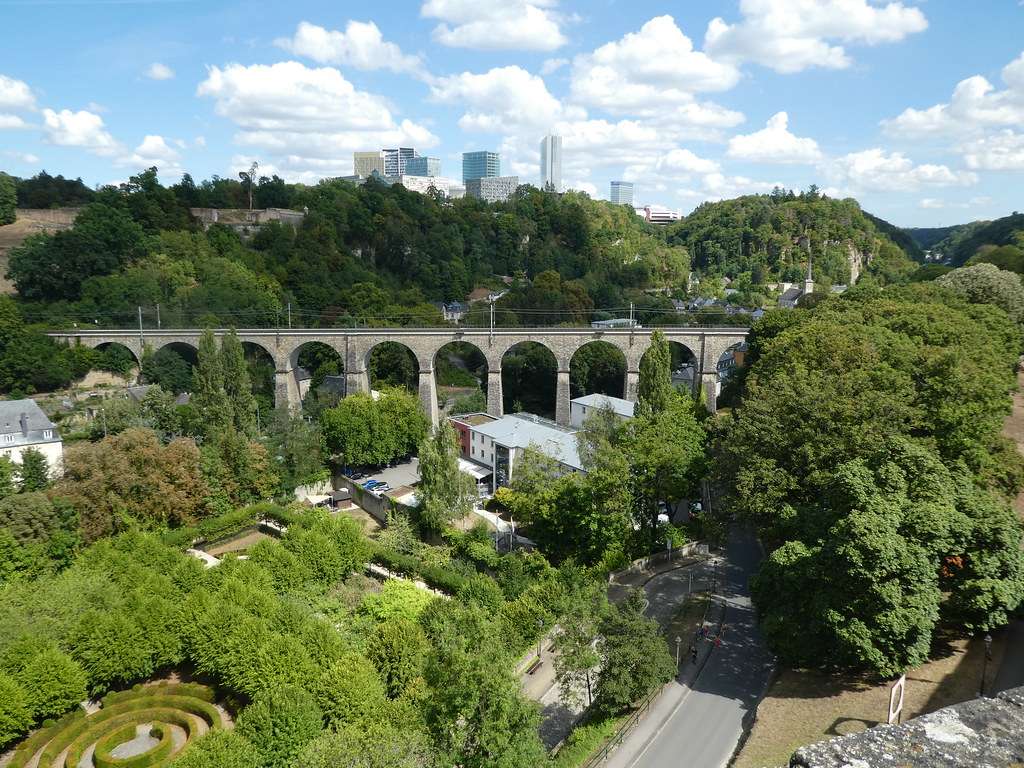
After a short coffee break we were re-energised and ready to embark on the 3.58 km Wenzel Walk. It takes its name from Wenceslas II, the Duke of Luxembourg between 1383 and 1419. It was during his reign that the Wenzel Wall was erected to protect the inhabitants of the valley.
The entrance to the Bock Casemates is located at the start of the Wenzel Walk and these fortifications also contributed to the city’s defence in major conflicts and are even older than Pétrusse. Although usually open to the public, access is currently suspended whilst major renovations take place so we were unable to explore them on this occasion.
The walk commences from the Bock promontory near the Église Saint-Michel (St. Michael’s Church) then crosses the castle bridge leading up to a small fortification tower. From there we walked over the remnants of the wall which was erected in 1735. Along the Corniche there’s a balcony with some breathtaking views and lots of lovely photo opportunities.
The walk took us through the oldest parts of the city and to some of the fortress remains which were inscribed on the World Heritage list in 1994. There were quite a lot of people around the Corniche but the path became much quieter further along as it wound its way up and down the hillside
We followed more steps along to the Jacob Tower which houses a free to view video of the walk. I would definitely recommend taking this clearly marked path as it runs parallel to the river passing many of the capital’s cultural and historical highlights along the route.
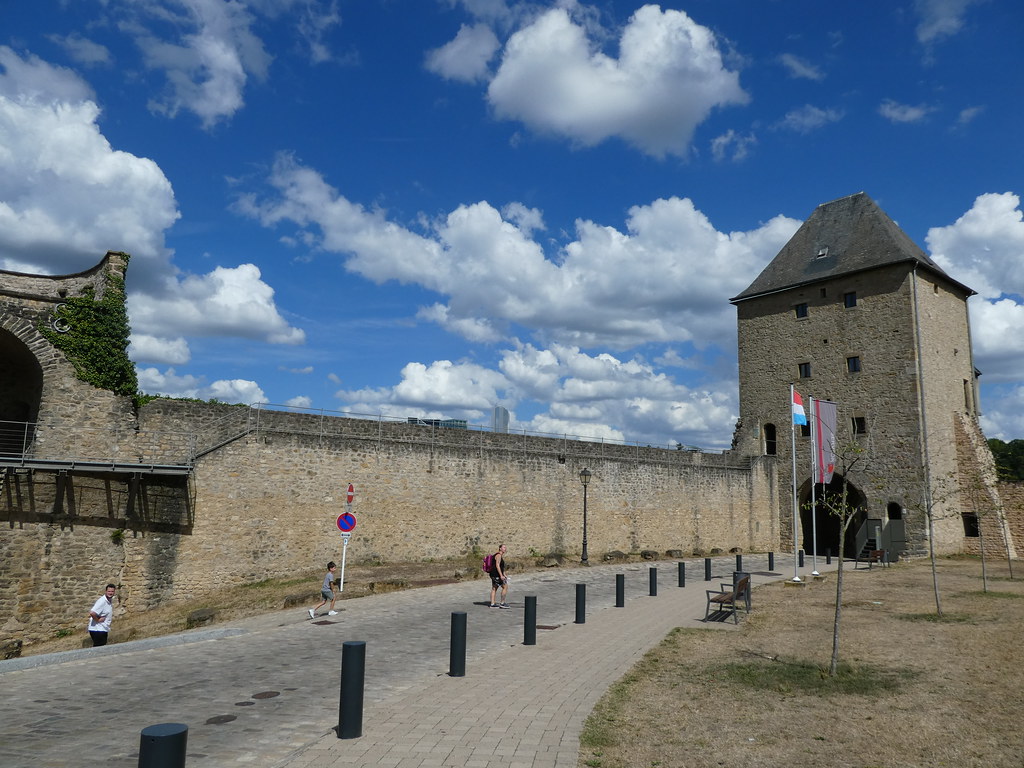
All that walking had made us thirsty so we found a shady table in Grund on a pub terrace for a little rest and refreshing glasses of beer near the base of the lift to the upper town. After our refreshments we went up the elevator and then caught a bus to the Parc Foundation Pescatore pausing to admire the beautiful home for retired fishermen there.
Continuing, we walked along the glass viewing platform and then took the Pfaffenthal Panoramic Elevator down to the Pfaffenthal district at the base of the Alzette valley. The lift offers free access and it was fun to ride down the 71m high glass lift whilst taking in the stunning views.
We then walked beneath the Grand Duchess Charlotte Bridge, also referred to as the Red Bridge.
From there it was just a short walk to the funicular up to Kirchberg. How wonderful that even the funicular is free to ride in Luxembourg.
Kirchberg is a district of gleaming modern buildings and home to the European Court of Justice. Along with Brussels and Strasbourg it’s a centre of the European Union’s institutions and home to many international banks.
We explored the Place de l’Europe Europe square which incorporates a shopping centre, restaurants and cafes. There was also a large Luxembourg sign facing the square but as this was in white lettering it didn’t stand out very well when photographed.
Located to the rear of the square is the Musee Dr?i Eechelen, housed inside the fully restored 18th century Fort Thüngen and approached across a drawbridge (free entry except for temporary exhibitions). The main gallery traces Luxembourg’s history from 1443 to 1903 and after visiting, there are good views to be had from its upper terrace.
After such an action packed day we returned to the city centre by tram and enjoyed a rest back in our hotel suite for an hour or so before going out to dinner. We chose to dine at Um Dierfgen, a restaurant specialising in Luxembourgish specialities close to our hotel.
Whilst sipping glasses of locally produced white wine we studied the menu deciding what to have. Our starters of frogs legs in garlic and a Luxembourg meat platter were delicious as was the rabbit in a mustard sauce served on a bed of tagliatelle for mains. Portions were so generous that we couldn’t manage a dessert though they did look tempting as we saw them pass by.
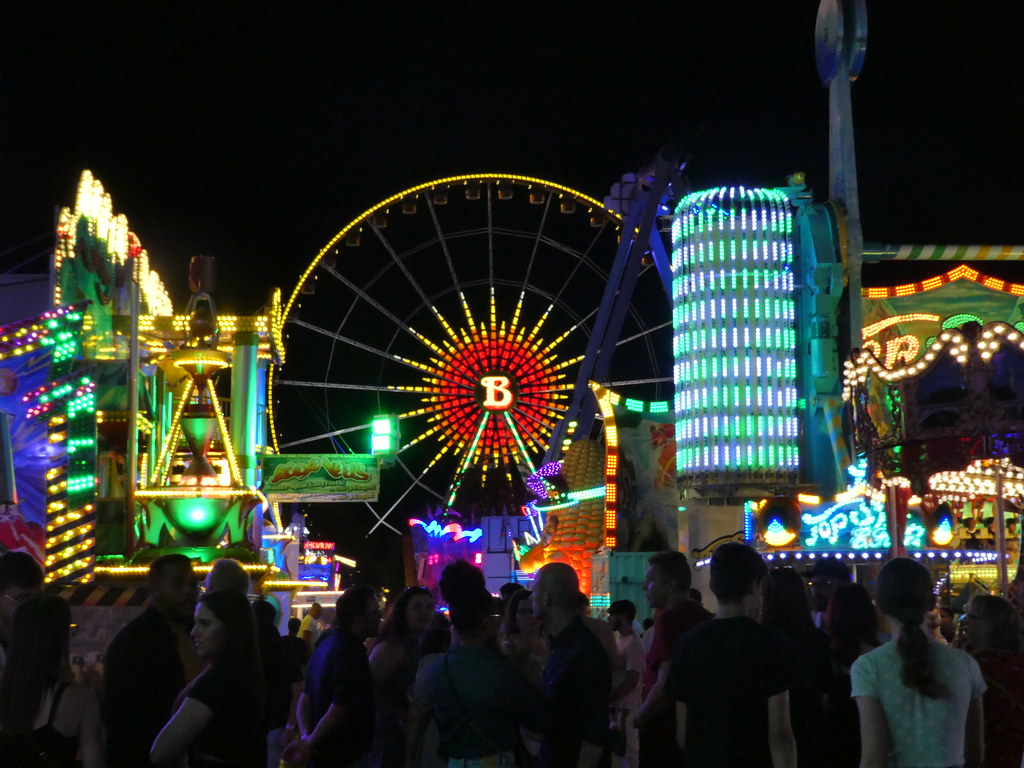
To round off our lovely day we took a tram to the Schueberfouer funfair which takes place in the city centre each year from late August to mid-September. The festivities date back to 1340 when it took the form of an 8 day market in celebration of St. Bartholomew’s Day on 24th August. The event attracts huge numbers of visitors each year and it was good fun to walk around the rides and stalls but after enjoying a large dinner we didn’t feel like going on any ourselves.


